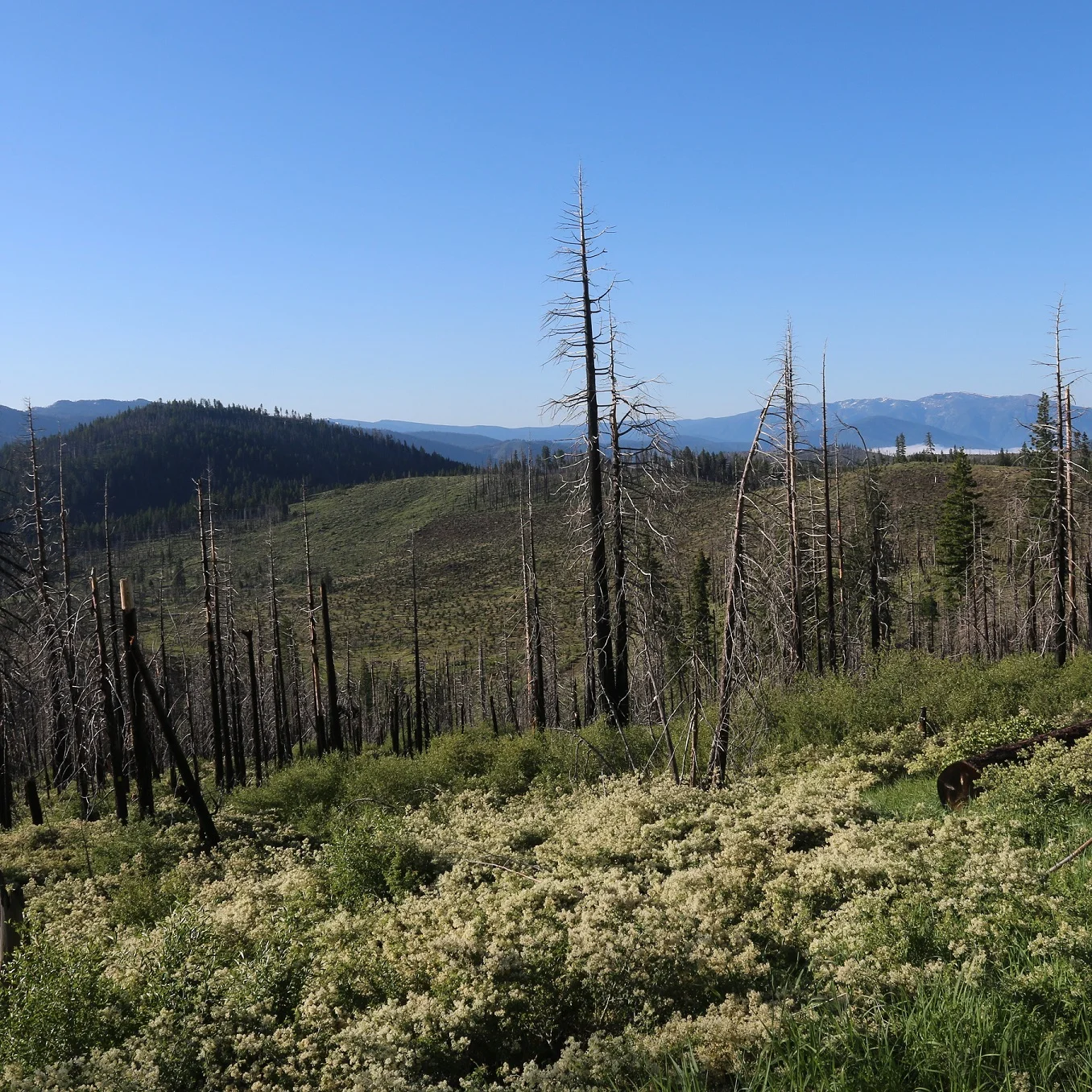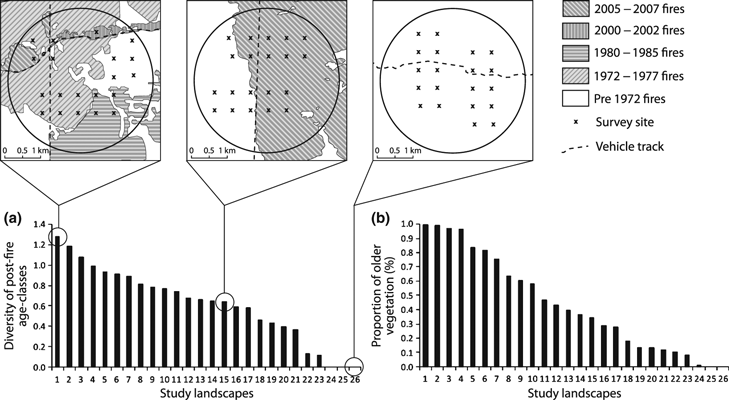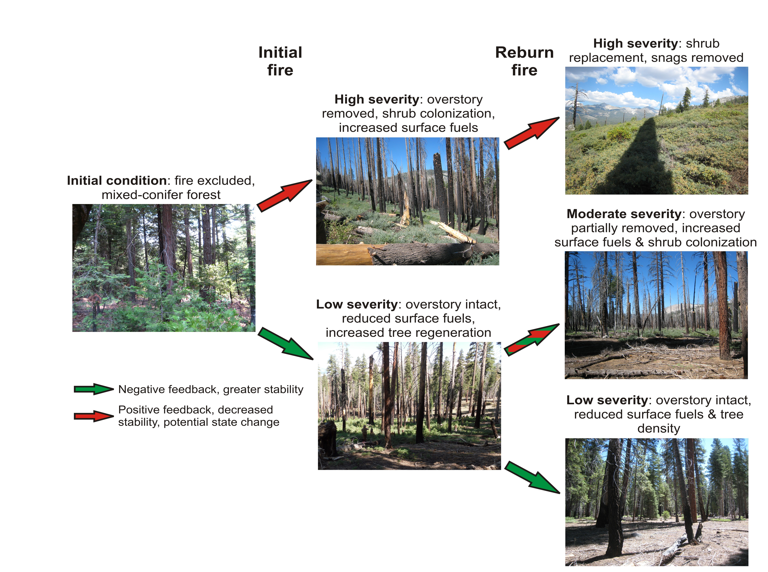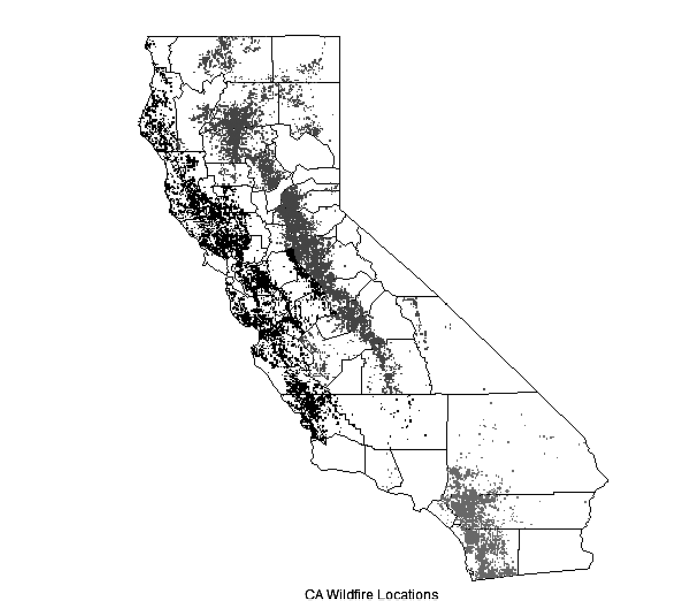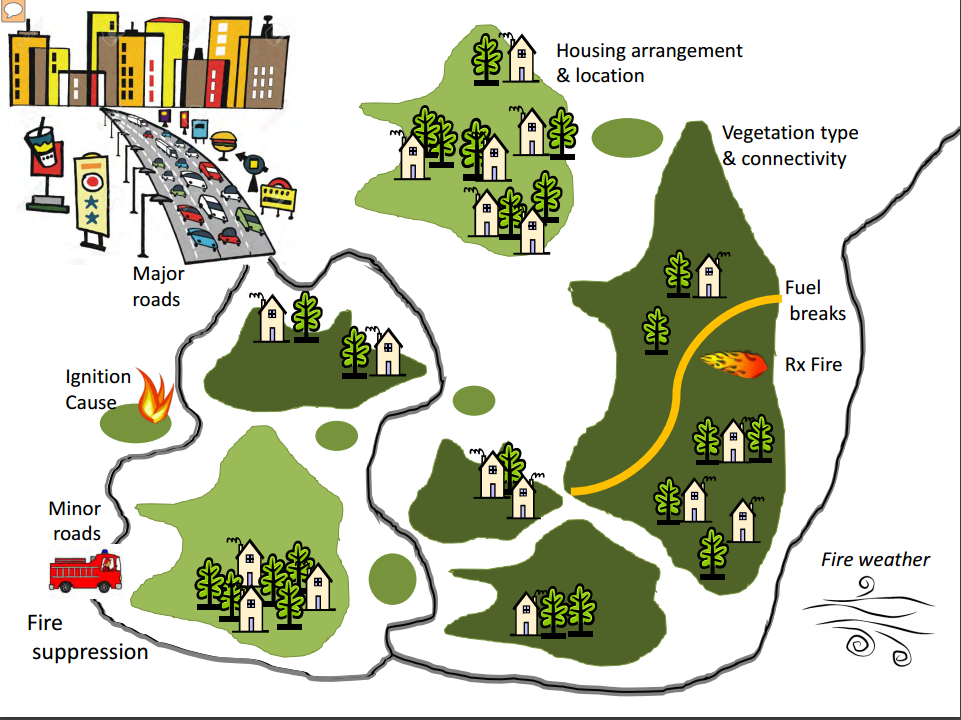Relative Importance of Building Materials on Structure Survival in San Diego County WUI Wildfires: Research Brief
/The design and materials used in construction is critical to preventing structure loss during wildland urban interface (WUI) fires. This research helps planners and homeowners by ranking specific construction materials by fire safety effectiveness, then comparing their use to landscape-scale design attributes.
Read More

